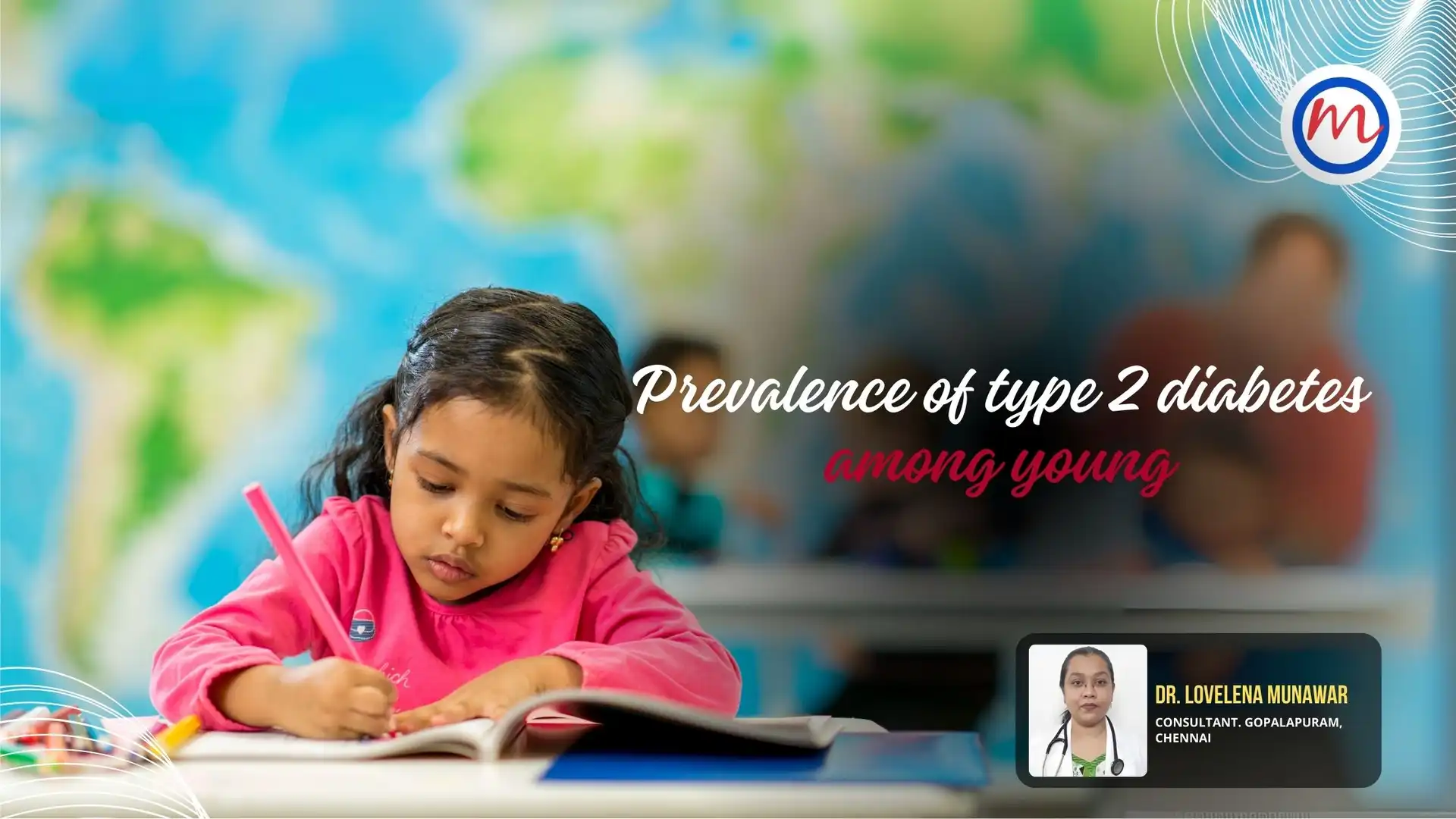Prevalence of type 2 diabetes among young
Introduction to Type 2 Diabetes in Young People
The increasing prevalence of type 2 diabetes among young adults is a growing concern worldwide. Traditionally seen as an adult-onset condition, type 2 diabetes is now affecting younger populations at alarming rates. Factors such as rising obesity rates in children, sedentary lifestyles, and unhealthy dietary habits contribute significantly to this unexpected shift. The early onset of type 2 diabetes increases the risk of long-term complications, impacting physical and mental well-being.
Parents, educators, and healthcare professionals need to understand the factors behind these statistics and take action. In this article, we will explore the causes, symptoms, diagnosis, treatment options, and preventive measures to combat the rise of type 2 diabetes in young individuals.
Causes and Risk Factors of Type 2 Diabetes
The rise of type 2 diabetes in young people can be attributed to several causes. One major factor is the increasing rate of childhood obesity. Excess body weight can lead to insulin resistance, making it difficult for the body to regulate blood sugar levels effectively.
Sedentary lifestyles are another critical factor. Many young people spend extended hours on digital devices, reducing physical activity levels. Lack of movement not only contributes to weight gain but also disrupts glucose metabolism.
Unhealthy dietary habits, including high consumption of fast food, sugary beverages, and processed snacks, contribute to weight gain and poor glycaemic control. Genetics also play a role—having a family history of diabetes can increase the likelihood of developing the condition.
Additionally, stress, poor sleep patterns, and environmental factors like air pollution may contribute to the increasing prevalence of type 2 diabetes among youth.
Recognizing Symptoms of Type 2 Diabetes in Young People
Detecting type 2 diabetes early in young people can be challenging as symptoms may develop gradually. Common signs include increased thirst, frequent urination, and unexplained weight loss. Fatigue, blurred vision, and slow-healing wounds are other symptoms that should not be ignored.
Unexplained hunger, irritability, and dark patches on the skin, especially around the neck and armpits (a condition known as acanthosis nigricans), may also indicate insulin resistance.
Early recognition and timely intervention can help prevent severe complications, making awareness crucial for parents, teachers, and healthcare providers.
Diagnosis and Treatment Options
Diagnosing type 2 diabetes typically involves blood tests such as fasting plasma glucose (FPG), HbA1c levels, or an oral glucose tolerance test (OGTT). Early detection enables healthcare professionals to provide effective treatment and lifestyle recommendations.
Treatment approaches include lifestyle changes like adopting a balanced diet rich in whole grains, lean proteins, and vegetables while limiting sugary and processed foods. Regular physical activity—at least 150 minutes of moderate exercise weekly—helps regulate blood sugar levels.
Medications like metformin may be prescribed to improve insulin sensitivity. In more severe cases, insulin therapy may be necessary. Monitoring blood glucose levels regularly is vital for effective management.
Importance of Early Intervention
Addressing type 2 diabetes early in young individuals reduces the risk of long-term complications such as heart disease, kidney failure, and nerve damage. Early intervention empowers young people to take control of their health through education and support.
Healthcare providers, family members, and educators must work together to create a supportive environment that encourages healthy lifestyle choices and regular medical check-ups.
Preventive Measures to Combat Type 2 Diabetes
Preventing type 2 diabetes in young people involves promoting a healthy lifestyle. Encouraging a balanced diet with high-fibre foods, fruits, vegetables, and whole grains while reducing the intake of refined sugars and unhealthy fats is essential.
Increasing physical activity, limiting screen time, and promoting sports or outdoor activities can help maintain a healthy weight. Proper sleep hygiene, managing stress through mindfulness or yoga, and regular health screenings can also contribute to prevention.
Schools, communities, and families play an essential role in educating young people about the importance of maintaining a healthy lifestyle.
Conclusion: The Need for Awareness and Support
The increasing prevalence of type 2 diabetes in young people demands urgent attention. By raising awareness, promoting preventive measures, and providing early interventions, we can empower the younger generation to lead healthier lives.
Healthcare professionals, educators, and parents must work collaboratively to create an environment that supports positive lifestyle choices and early detection of diabetes. Together, we can reduce the impact of type 2 diabetes on future generations.
Dr. Lovelena Munawar
Consultant, Dr. Mohan’s Diabetes Specialties Centre,
Gopalapuram, Chennai



